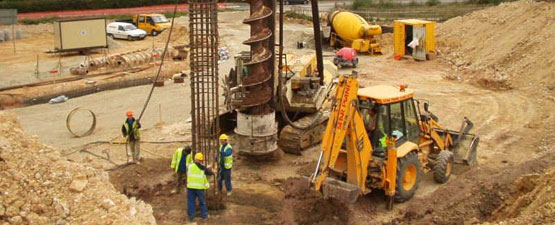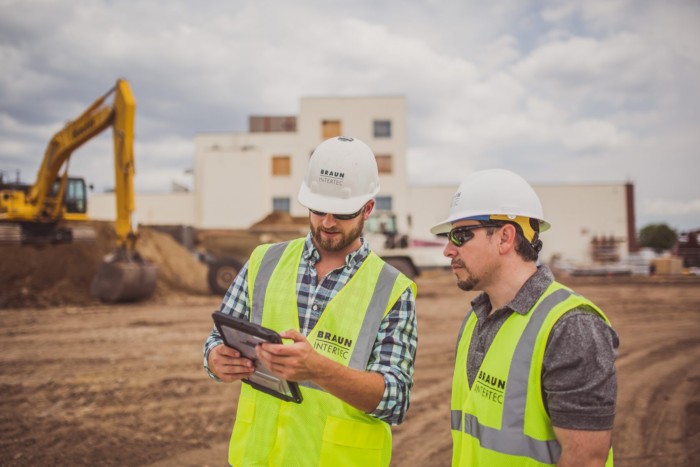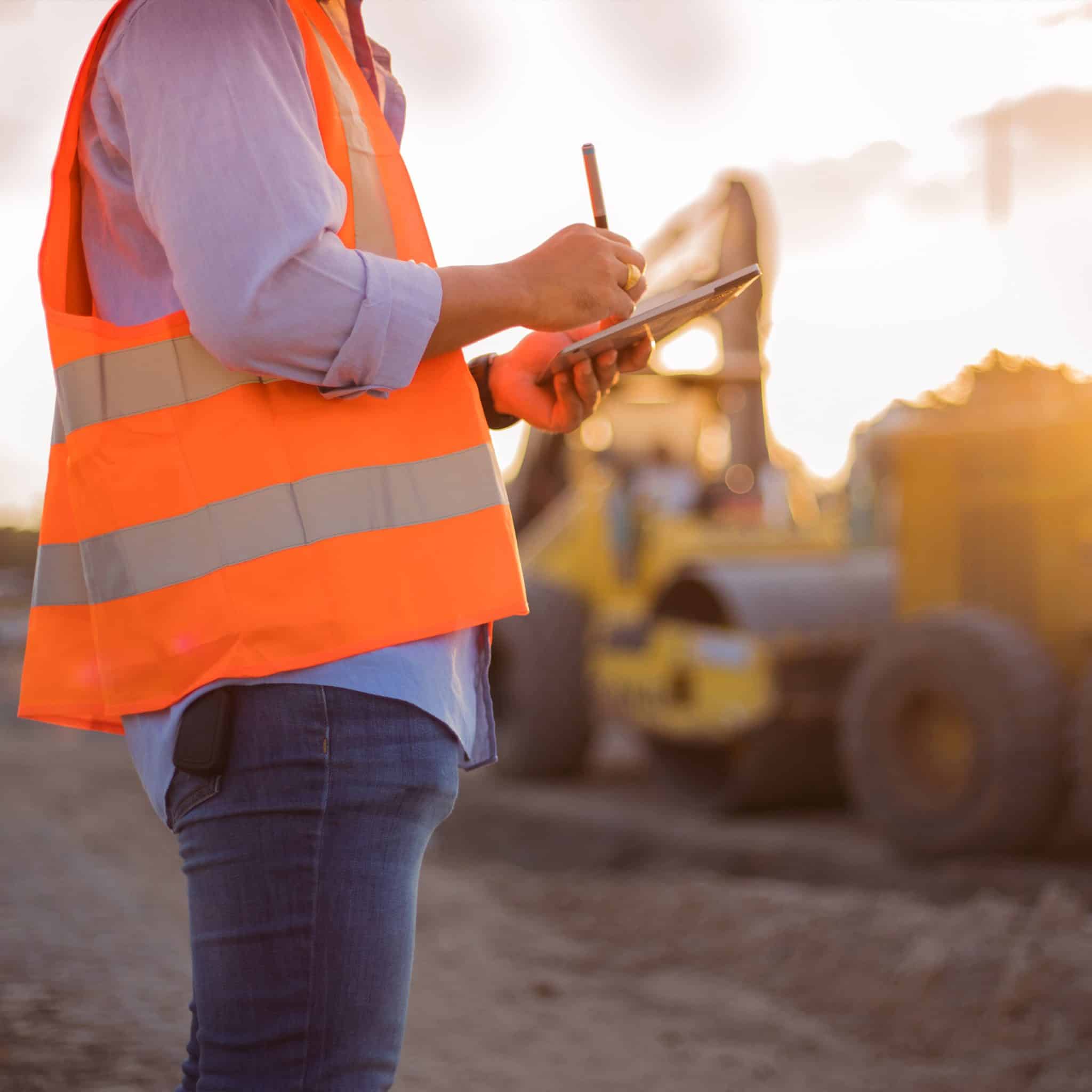Geo Tech Engineer: Enhancing Site Assessments with Advanced Geotechnical Techniques
Wiki Article
Recognizing the Crucial Role of the Geotechnical Market in Modern Building Projects and Facilities Advancement
The geotechnical industry is a foundation of contemporary construction and facilities advancement, giving crucial understandings into dirt actions that directly affect task results. Through advanced soil assessments and cutting-edge engineering options, geotechnical professionals not only guarantee structural stability yet additionally address sustainability problems in the middle of developing ecological requirements.Significance of Dirt Analysis
Dirt analysis plays a vital function in the geotechnical sector, acting as the foundation for informed decision-making in construction projects. Precise soil analysis is essential for establishing the viability of a site for different types of structures, consisting of household homes, commercial buildings, and bridges. By examining soil make-up, density, dampness, and stamina content, engineers can anticipate possible obstacles and reduce dangers connected with ground instability, disintegration, and settlement.The analysis process commonly involves a collection of tests and monitorings that supply important info concerning the subsurface conditions. This data educates the layout and building processes, guaranteeing that frameworks are improved strong ground with sufficient support. Furthermore, comprehending the dirt account allows engineers to select suitable building methods and products, maximizing resource application and decreasing prices.
Along with ensuring architectural stability, dirt evaluation adds to ecological sustainability. By determining possible contamination or unfavorable effects on bordering ecological communities, designers can execute techniques to protect these natural deposits. Overall, thorough soil evaluation is indispensable in the geotechnical area, underpinning the safety, effectiveness, and environmental responsibility of building tasks.
Trick Geotechnical Strategies
A variety of key geotechnical methods are employed to assess and boost the security and efficiency of building sites. One fundamental approach is soil tasting and screening, which enables designers to figure out the physical and chemical homes of the ground. This details is important for making informed choices relating to foundation layout and building and construction approaches.An additional vital strategy is site characterization, which entails the detailed analysis of dirt and rock problems via techniques such as borehole drilling and in-situ testing. Techniques like Standard Penetration Examinations (SPT) and Cone Penetration Examinations (CPT) give valuable information on soil toughness and stratigraphy.
Ground renovation strategies, such as dirt stabilization and grouting, are also important in improving the load-bearing capacity of weak dirts. These approaches can reduce settlement and enhance overall website problems.
Additionally, incline stability analysis is essential for recognizing possible landslide dangers and making sure the safety of excavations. This evaluation frequently utilizes numerical modeling and limit balance techniques to predict dirt habits under various problems.
Integrating these geotechnical strategies into construction planning not just optimizes project outcomes however likewise guarantees the long-lasting sustainability of framework advancement.
Influence On Construction Security

Additionally, reliable geotechnical design entails implementing reduction strategies for determined threats. This might consist of dirt stabilization methods, maintaining frameworks, or drainage systems to reduce hydrostatic pressure. By attending to these factors, building and construction teams can decrease the chance of accidents and enhance employee safety and security.
Furthermore, constant tracking of website conditions is important throughout building. Geotechnical instruments can offer real-time data regarding ground activity and security, permitting prompt interventions when needed.
Fundamentally, the geotechnical sector plays a pivotal duty in guarding construction jobs. By prioritizing ground honesty and utilizing rigorous evaluation approaches, the geotechnical market not just protects the workforce yet likewise contributes to the long life and integrity of constructed infrastructure.
Sustainability in Geotechnical Practices

Furthermore, geotechnical engineers are now utilizing advanced technologies, such as geosynthetics, which boost dirt stability while reducing the volume of material required. This not only preserves sources however also leads to much less waste generation (geotechnical engineers). The combination of lasting style principles right into geotechnical design motivates making use of sustainable energy sources in construction processes, even more decreasing carbon exhausts
Additionally, detailed site evaluations are important for recognizing potential environmental impacts prior to building and construction begins. By performing these analyses, geotechnical professionals can create techniques that reduce damaging effects, making sure compliance with environmental policies. In general, the emphasis on sustainability within geotechnical methods not only adds to the durability and resilience of framework yet also advertises a liable method to land and resource administration. This dedication is crucial for fostering sustainable development in the contemporary building and construction landscape.
Future Trends in Geotechnical Design
Advancement is driving the future of geotechnical design, as arising technologies and methodologies improve the market. The integration of innovative data analytics and expert system is readied to change website investigation and threat evaluation, allowing engineers to make more informed geo tech engineer decisions based upon real-time data. The use of geosynthetic materials is gaining grip, using sustainable options that enhance dirt security and reduce environmental effect - engineer of record.An additional substantial trend is the fostering of automated and robotic systems for surveillance and building processes. These technologies not only improve accuracy however additionally improve safety by lessening human participation in harmful settings. In addition, the application of Building Info Modeling (BIM) in geotechnical design helps with enhanced collaboration among stakeholders, maximizing project distribution and lowering prices.
As environment modification presents brand-new obstacles, the market is increasingly concentrating on durability and versatility in style practices, guaranteeing infrastructure can hold up against severe climate occasions. Ultimately, the continuous trend towards sustainability will drive innovation in environment-friendly materials and techniques, straightening geotechnical design with wider environmental objectives. Jointly, these patterns will certainly form a more reliable, sustainable, and resilient geotechnical landscape for future jobs.
Conclusion

The geotechnical sector is a keystone of contemporary building and framework advancement, supplying vital understandings into soil behavior that straight influence project end results. geotechnical engineers.Soil evaluation plays a critical function in the geotechnical market, offering as the foundation for notified decision-making in building jobs. Overall, complete dirt evaluation is indispensable in the geotechnical field, underpinning the safety, effectiveness, and environmental duty of building projects
Construction safety and security is significantly influenced by geotechnical methods, as the security and integrity of the ground straight influence the overall safety of a building website.In conclusion, the geotechnical market is important in modern-day building and facilities growth, providing important evaluations that make certain structural integrity and safety and security.
Report this wiki page